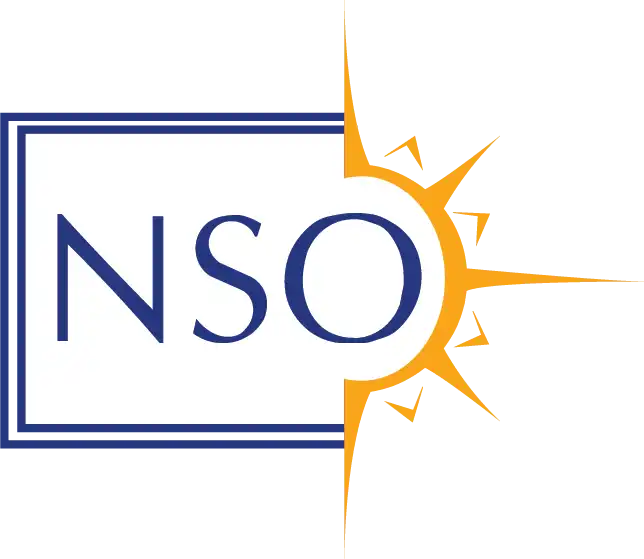Radar Tracks Endangered Seabirds on Kauaʻi
The Kauaʻi Endangered Seabird Recovery Project will continue its annual seabird radar monitoring work to coincide with the start of egg laying for both ʻAʻo (Newell’s Shearwaters) and Uaʻu (Hawaiian Petrels) on Kauaʻi.
Researchers will be surveying 18 sites around the island to build on 20 years of data detailing how the birds have been faring.
So far, data shows a huge decline since the early 1990s, due in large part to introduced predators like feral cats and rats, as well as a change in their habits, collisions with man-made structures, and the effects of light pollution, according to Dr André Raine, KESRP Project Co-ordinator.
The radar monitoring allows researchers to track the nocturnal seabirds during the evening hours when they fly back to their colonies.
“Radar continues to be a critical tool on the Hawaiian Islands to help understand what is happening to our endangered seabirds,” said Dr. Raine.
The island of Kauai currently has 90% of the world’s population of ‘A’o and a significant portion of the endangered Ua’u population.
“Charting their population trends helps us to understand how the birds are doing at an island level and that information can then be used to help conservation actions designed to save them,” said Dr. Raine.
Radar work will continue from June 1st until September, with a peak of activity in the month of June.
The radar truck will mainly be operational for the first two hours after dark, to track the birds as they fly inland to their breeding colonies high in the mountains. Radar will also be operated for two hours before dawn, tracking the seabirds as they head back out to sea.
For more information on the KESRP’s work, visit the project website.

The Kauaʻi Endangered Seabird Recovery Project will continue its annual seabird radar monitoring work to coincide with the start of egg laying for both ʻAʻo (Newell’s Shearwaters) and Uaʻu (Hawaiian Petrels) on Kauaʻi. Image credit: Hawaiʻi DLNR.

The Kauaʻi Endangered Seabird Recovery Project will continue its annual seabird radar monitoring work to coincide with the start of egg laying for both ʻAʻo (Newell’s Shearwaters) and Uaʻu (Hawaiian Petrels) on Kauaʻi. Image credit: Hawaiʻi DLNR.

The Kauaʻi Endangered Seabird Recovery Project will continue its annual seabird radar monitoring work to coincide with the start of egg laying for both ʻAʻo (Newell’s Shearwaters) and Uaʻu (Hawaiian Petrels) on Kauaʻi. Image credit: Hawaiʻi DLNR.

The Kauaʻi Endangered Seabird Recovery Project will continue its annual seabird radar monitoring work to coincide with the start of egg laying for both ʻAʻo (Newell’s Shearwaters) and Uaʻu (Hawaiian Petrels) on Kauaʻi. Image credit: Hawaiʻi DLNR.

The Kauaʻi Endangered Seabird Recovery Project will continue its annual seabird radar monitoring work to coincide with the start of egg laying for both ʻAʻo (Newell’s Shearwaters) and Uaʻu (Hawaiian Petrels) on Kauaʻi. Image credit: Hawaiʻi DLNR.











